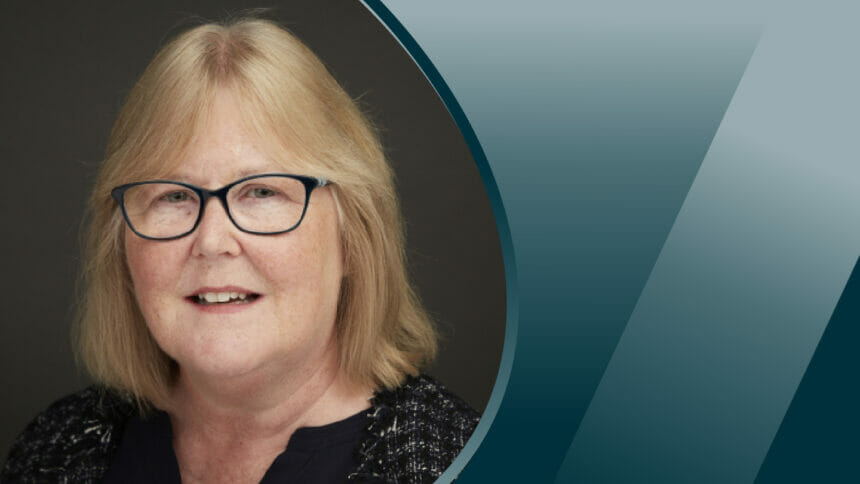
Direct care workers caring for older adults and people with disabilities—defined by the Bureau of Labor Statistics as personal care aides, home health aides, and nursing assistants—make up the largest workforce in the United States.
Alarmingly, the U.S. Census Bureau’s Current Population Survey in 2021 identified of the 13.7 million workers displaced, 4.6 million direct care workers did not reenter the workplace, and 89% of them are not looking to come back to this industry.
There is a multitude of reasons before, during and post-pandemic why retention of direct care workers has been difficult. Most workers are women who have limited post-high school education, carry the burden of being a single parent, and do not earn a livable wage, so they may work more than one job. Equally important for those who have not returned is that the daily work of providing direct care to older adults is physically and emotionally taxing.
Current efforts are laudable yet fall short. For example, on April 26, 2023, the U.S. Senate reintroduced S. 2344 titled, Supporting Our Direct Care Workforce and Family Caregivers Act. While the bill would direct the Department of Health and Human Services to award grants with a focus on building, retaining, and otherwise promoting better career advancements, we do not know if and when it would become law. Even with increased paychecks, the physical and emotional burdens will still exist in their work.
There are ways to support the physical and emotional burdens of care in the very short term. The National Council on Aging policies are grounded on the belief that disseminating the expertise of those who are often invisible and whose voices are not shared can improve the overall quality of life for all. Making visible how direct care workers became experts at what they do is a solution to recruitment and especially retention within this workforce and can create an overall healthy work environment.
Telling their stories brings front and center the contextual foci that created the successful, caring relationship between carer and older person. Sharing the context highlights the problem-solving skills that created the expertise of the direct care workers. There is emerging evidence that deliberate storytelling, here to inform peers on successful strategies in caring for older persons, can inform future recruitment and retention activities.
Many industries are using storytelling to train new employees, including creating short vignettes about the daily work and work environment. While success stories are uplifting, what has been demonstrated to be more impactful is sharing how the struggles of the work turn into solutions. In turn, the stories may dash a sense of burden or failure and support innovation and an environment to continue growing professionally.
Identifying direct care workers as experts in caring for older people immediately empowers them. Working with these local experts to curate their stories into small, focused vignettes can energize the individual and those hearing or reading the stories. Sharing their stories in face-to-face sessions or digitally on websites can not only increase competencies in caring for older people but also ultimately can prevent or lessen burnout. Retention of care providers in the home or other community settings is a critical aspect of ensuring quality care and keeping costs of care in check.
Robin Toft Klar, DNSc, RN, FAAN, is a clinical associate professor at NYU Rory Meyers College of Nursing whose work focuses on the environmental context of nursing and the nursing workforce locally and globally. NYU Rory Meyers College of Nursing is home to the Hartford Institute for Geriatric Nursing.
The opinions expressed in McKnight’s Long-Term Care News guest submissions are the author’s and are not necessarily those of McKnight’s Long-Term Care News or its editors.





